For me, the most enjoyable part of wildlife photography is not the photos themselves; it’s being in nature. However, it is essential to do so safely, especially regarding the safety of wildlife.
But since I am a photographer, and almost always take my camera with me when I go kayaking or hiking, what can I — or anyone else, for that matter — do to ensure that I have the best chance to get the photos I want without causing any harm or stress to wildlife?
Given that almost everyone has a camera with them at all times in the form of a smartphone, photography has never been so accessible, which is great. More people can enjoy photography, and when they combine their interest in capturing photos with enjoying the outdoors, all the better.
However, here at PetaPixel, we’ve seen the ugly side of this — the dangerous selfies, the trespassing, and most frustrating of all, the getting way too close to wild animals.
![]()
Shoot From a Safe Distance
And that’s the absolute number one thing photographers can do to reduce harm: shoot from a safe distance.
What that “safe distance” is depends a bit on the animal. For example, the National Park Service recommends a hundred yards for photographing a grizzly bear, while the safe distance for photographing a frog can be just a few feet.
Telephoto Lenses (and Cropping) Save the Day
Fortunately, staying far from an animal doesn’t prevent capturing nice photos. Thanks to the power of telephoto lenses, photographers can “get close” to animal for a picture without encroaching upon its space.
For example, the OM System OM-1 Mark II and 150-600mm zoom lens that my dad and I using as part of this ongoing nature photo series is not only a long lens in terms of its actual focal length — 600mm is in the super-telephoto range — the OM-1 II has a two times crop factor. This means that at its long end, the lens is equivalent to a 1,200mm lens on a full-frame camera. That’s some serious reach! And it makes getting a tight frame on wildlife easy, even from a distance.
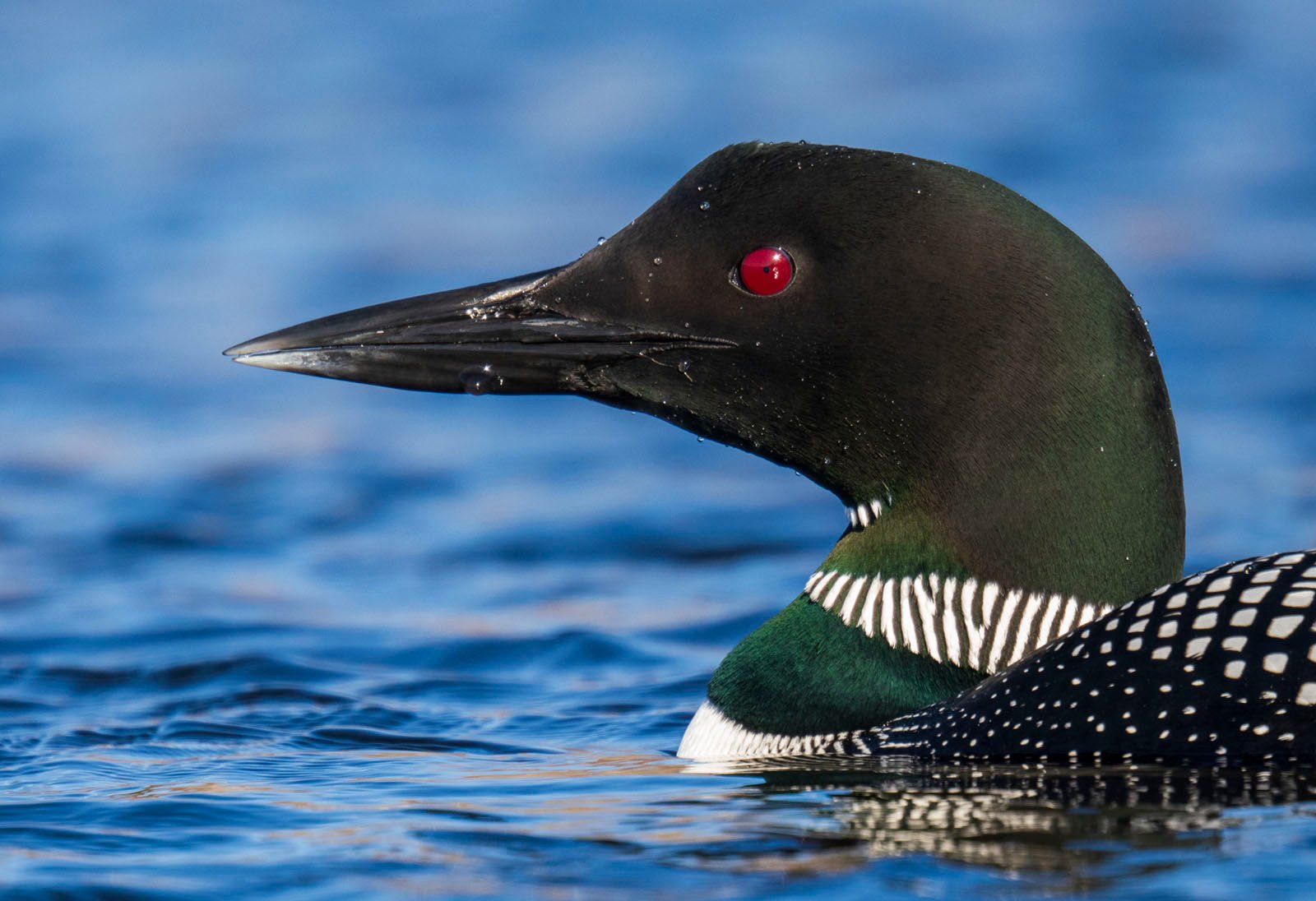
There’s also the old standby “digital zoom,” or cropping. As cameras increase in megapixel count and lenses become more performant, cropping images during editing is an extremely effective way to get close-up shots without literally being up close to your subject. For photographers who primarily share their work online and don’t make large prints, cropping is especially effective.
The Importance of Understanding Animal Behavior
When photographing loons in particular, which is the primary focus of this series, there are a few critical complicating factors to consider.
The first applies to all animals that nest, not just loons. If you know where an animal’s nest or den is, never ever get anywhere near it. When an animal has a nest, they are especially vulnerable, and if you stress an animal enough that it temporarily leaves its nest, an opportune predator may take that short window to strike. Never flush an animal from their nest.
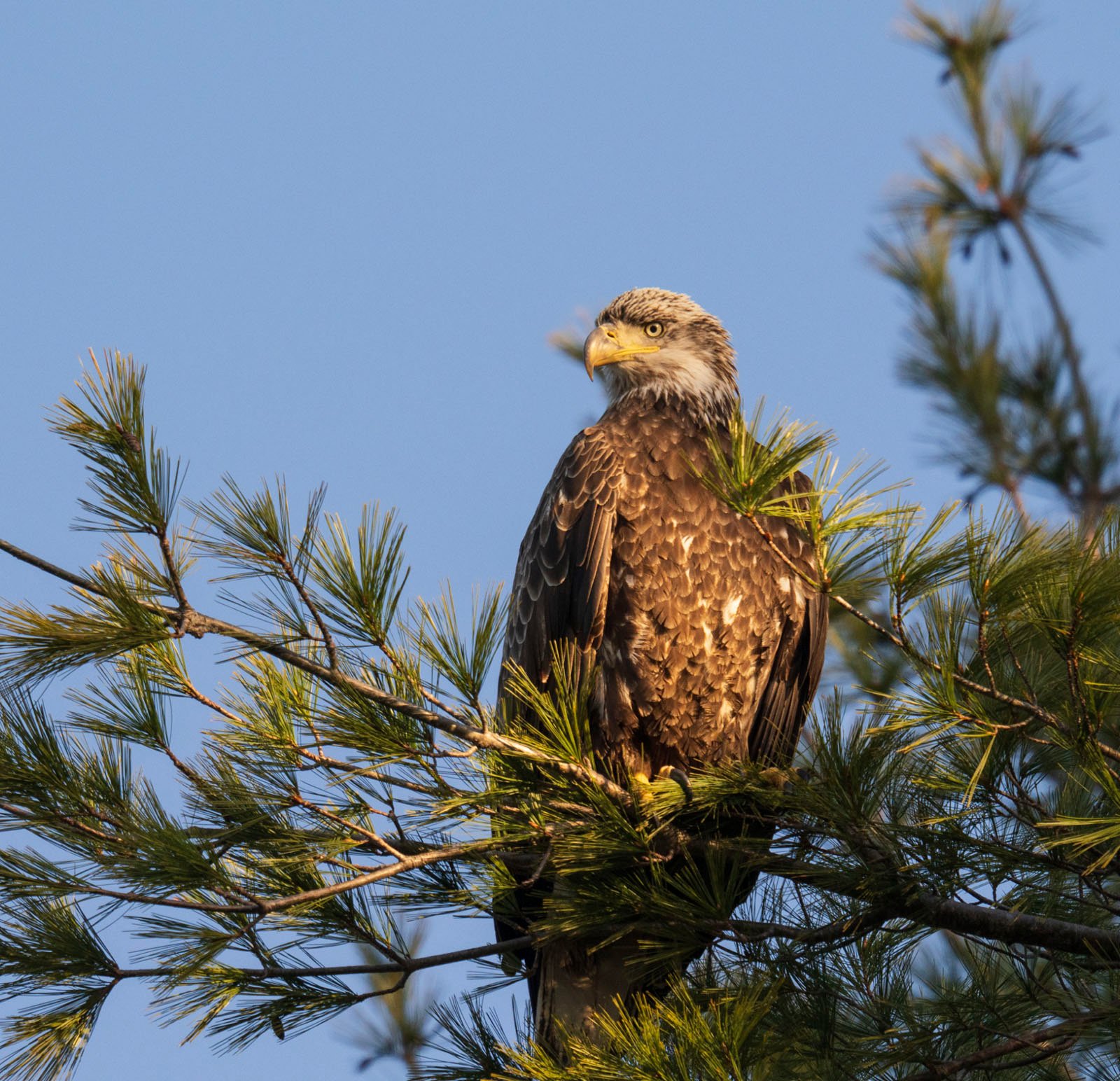
Nest destruction is a significant concern for common loons, and doing anything to harm a nest is not only exceptionally bad from an ethics perspective, it’s a crime because they’re migratory birds and, therefore, subject to special legal protections.
If you can safely observe a nest, that’s okay. You can even take a photo for your documentation, but please never share the location of an active nest on social media. You never know who could see it, and it’s not worth the risk. Even regarding juvenile and adult wildlife, I rarely tell anyone precisely where an image was captured unless I trust that person.
Watch for Signs of Stress
Safe and ethical wildlife photography goes beyond simple distance guidelines and requires a bit more work and experience. It is best to know as much about your subject as possible, including its behavior, signs that it is stressed, and what specific actions suggest about its current emotional and physical state.
Sticking with the common loon example, you should slowly and carefully back away whenever a loon makes itself very flat. It is one of their most apparent signs of discomfort.
In some cases, a loon may not exhibit this defensive posture because of anything you did — it may hear a predator in the distance or be cagey because of other loons in the area. They are territorial birds, after all.
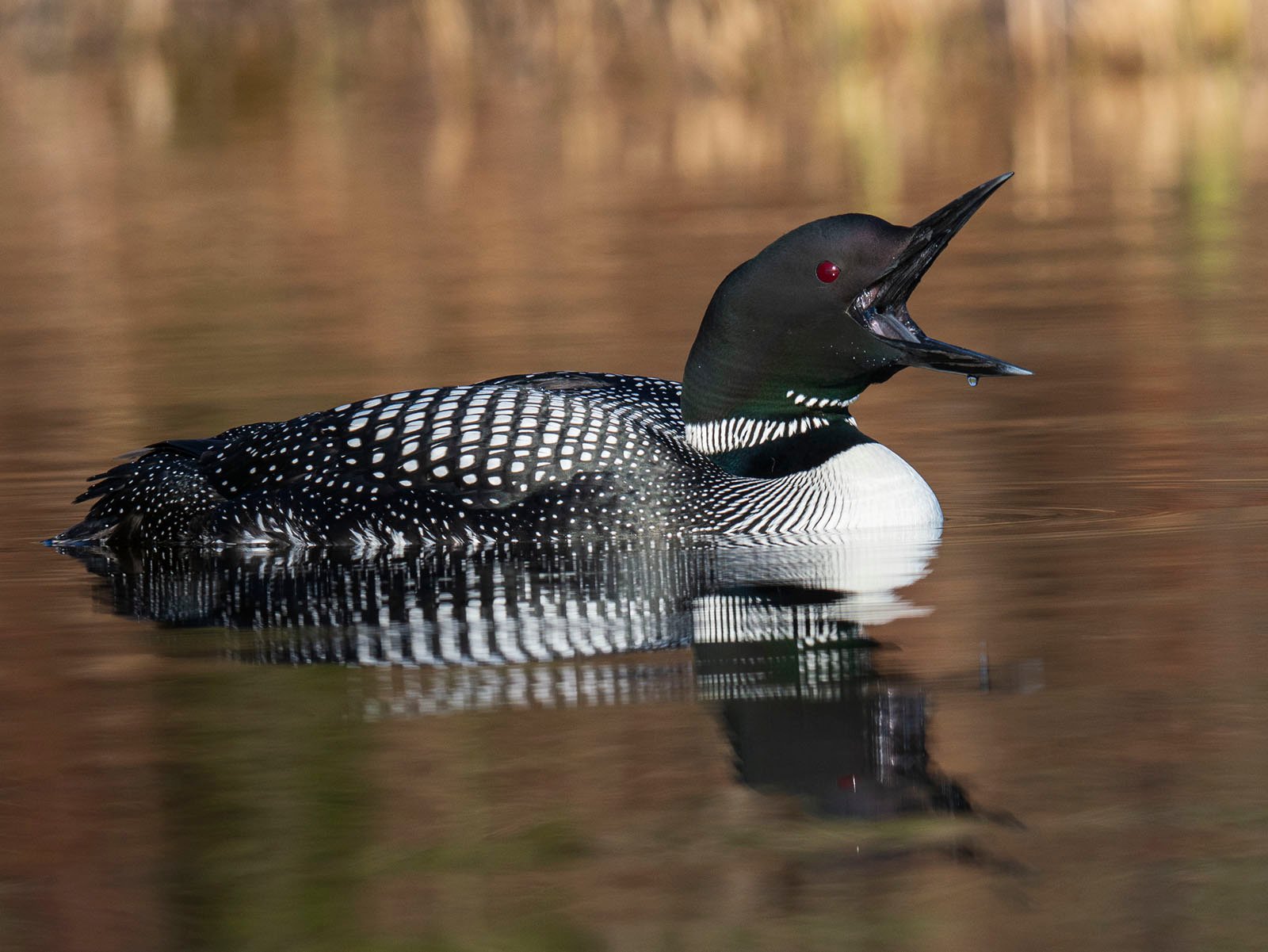
Somewhat ironically, while making its body as flat as possible is one sign that a loon is in a defensive mode, so too is the bird making themselves large. While they may spread their wings as part of their bathing habits, they can also spread their wings and swim toward something that they perceive as an aggressor, like other birds, people, or boats.
A reasonably reliable way to tell the difference between this being run-of-the-mill preening and a sign that the bird is upset is whether it is making noise. If a loon makes a loud call while exhibiting any atypical posture, there is a good chance it is agitated.
In my case, I only photograph loons from a kayak, so I have complete control over the speed and direction of my watercraft. When I’m trying to photograph loons or other waterbirds, I like to just slowly drift. Maintaining a plodding speed makes me less threatening to wildlife. It also means that if I end up a bit too close to an animal, it is because they moved toward me — not the other way around.
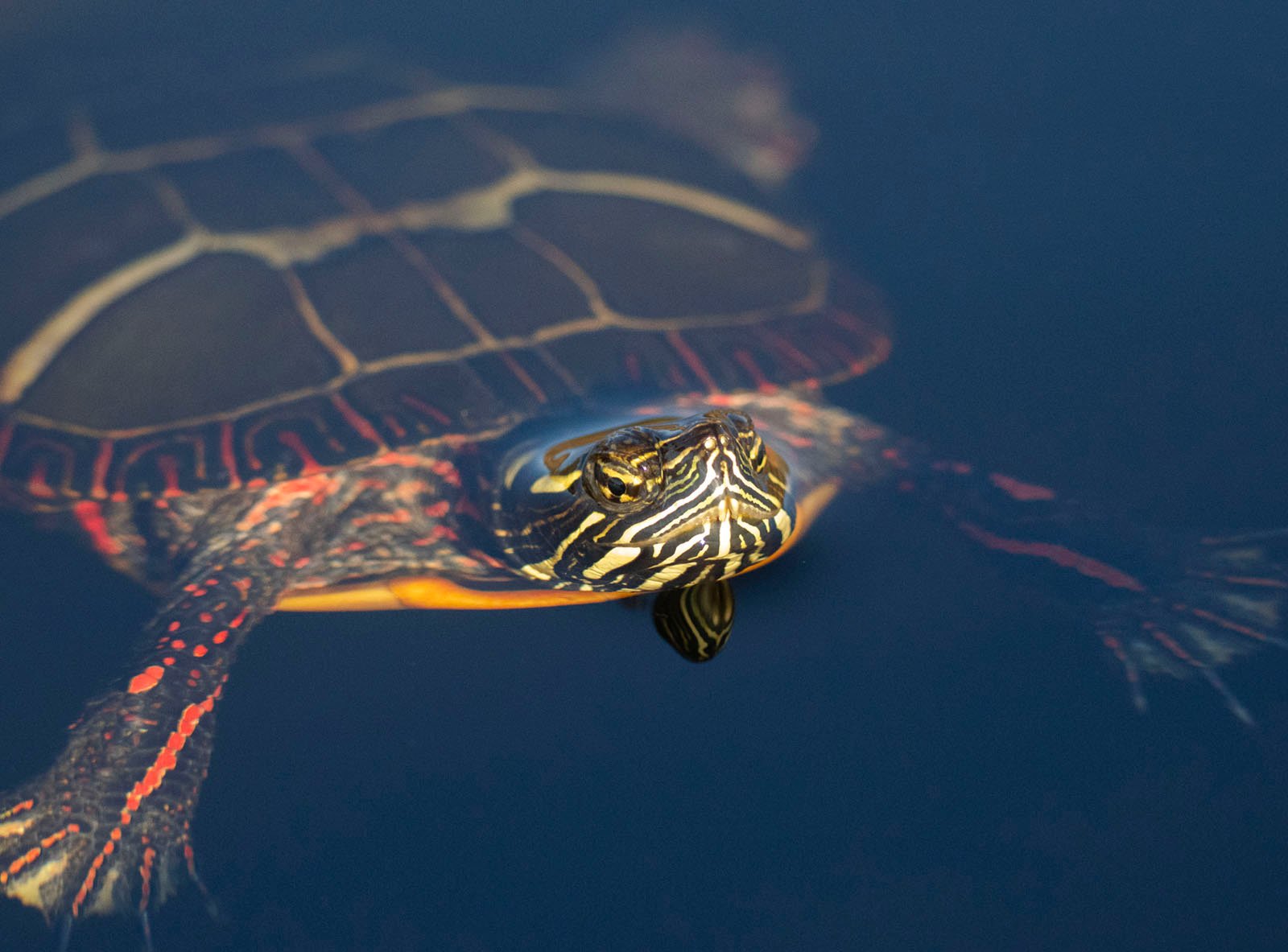
When Photographing Wildlife, Respect is Paramount
Some birds are intelligent, observant creatures. For readers familiar with crows — remarkably bright birds — it may come as no surprise that experts believe loons can recognize individuals.
My dad and I have spent significant time around some of the same loons, and I can tell you that they behave differently around each of us and are more different still around infrequent visitors to the pond. He’s on the water much more frequently than me, and it shows in the way that the loons behave in his general vicinity. Even with days’ old chicks in tow, they remain thoroughly unbothered by his presence.
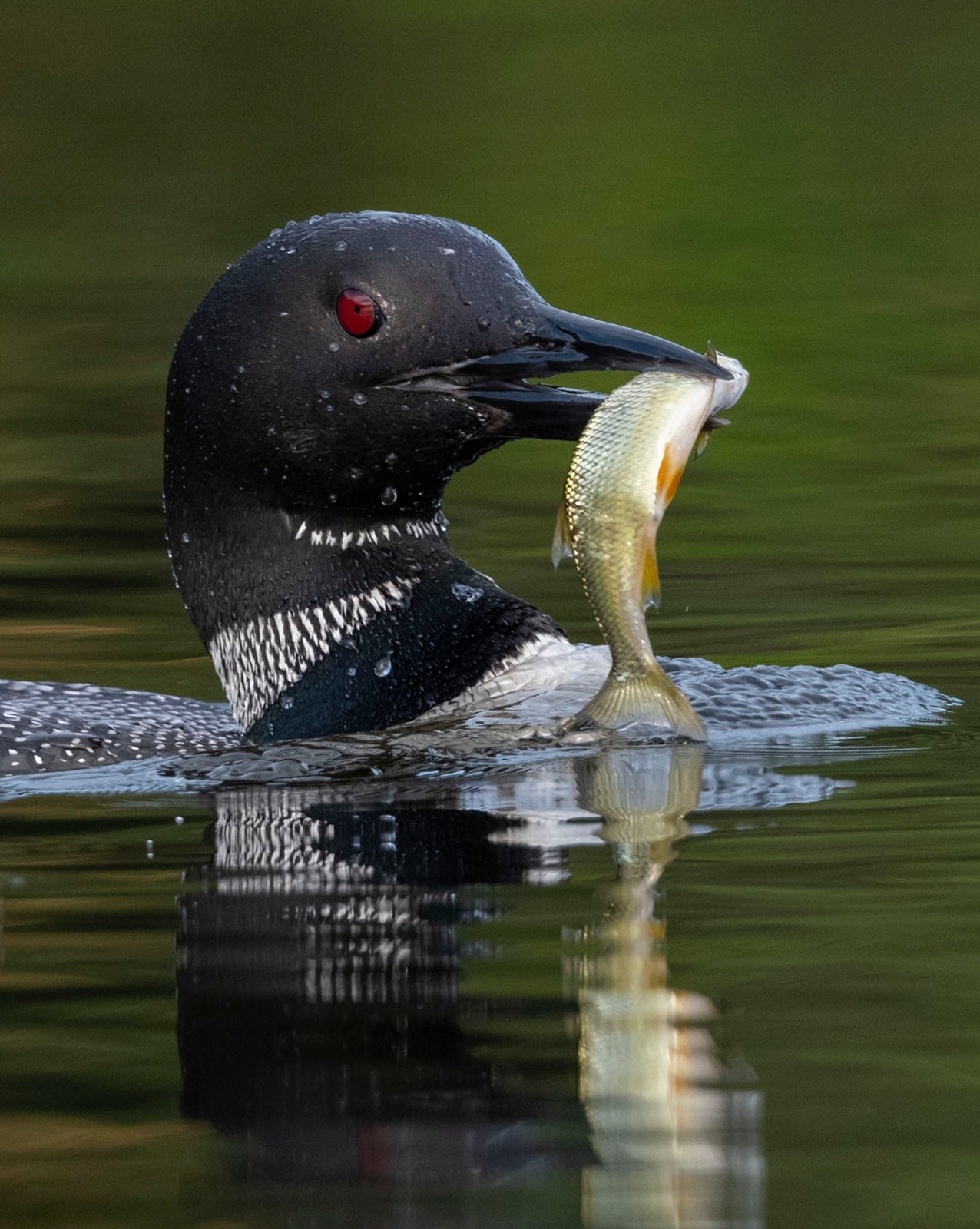
It’s important to be a respectful wildlife photographer in every scenario, without fail. If I can’t safely capture a good photo, then I go home with no photos (or just shoddy ones). It has happened many times before and will happen many more.
Image credits: Photos by Jeremy Gray and Bruce Gray
